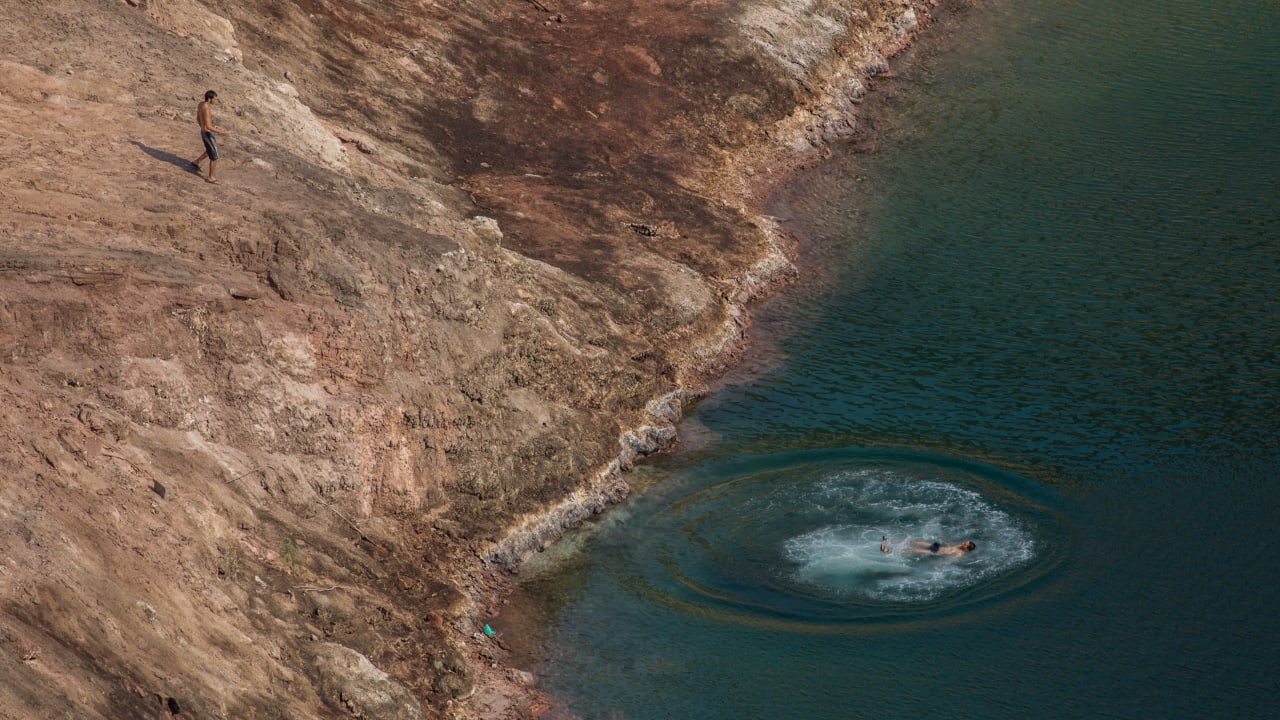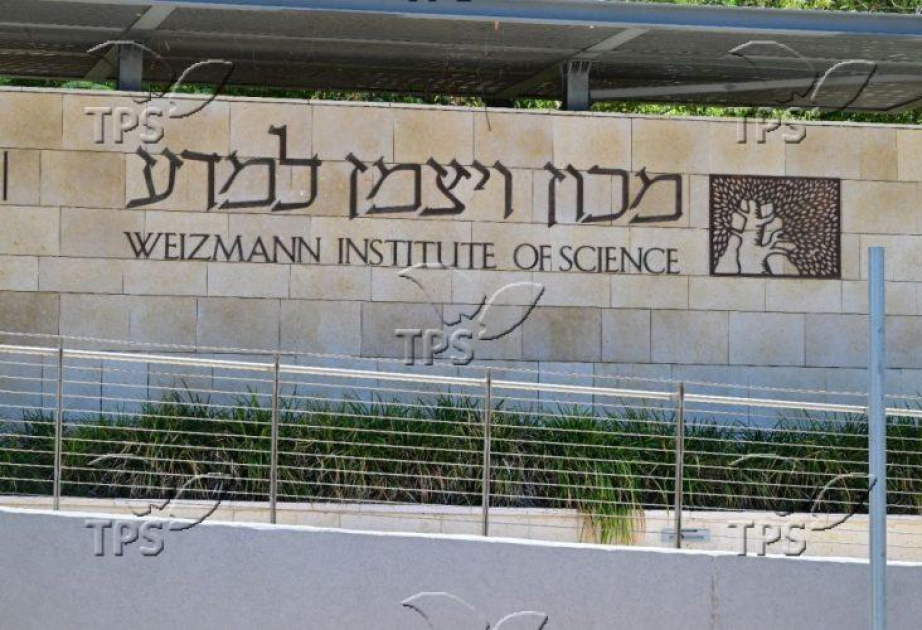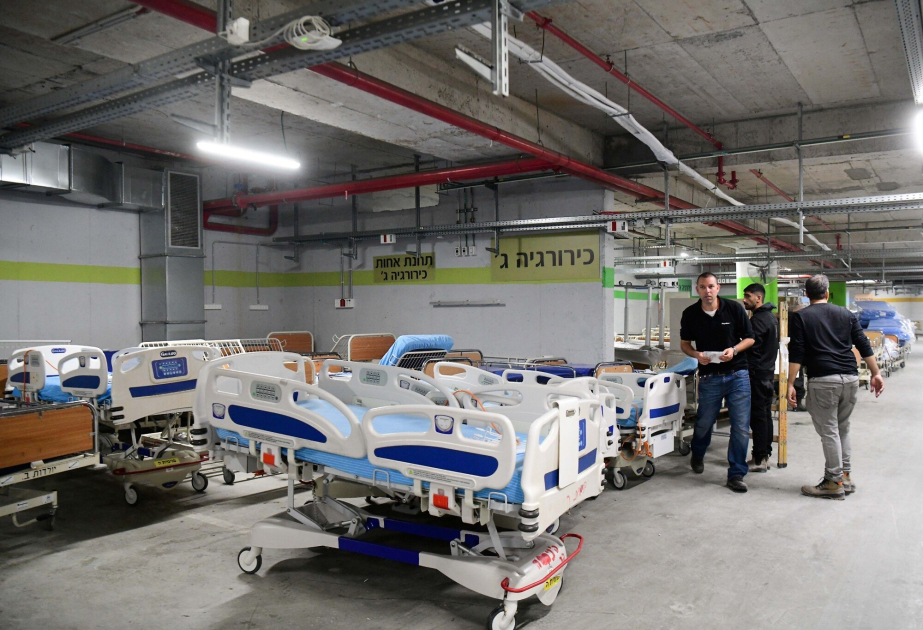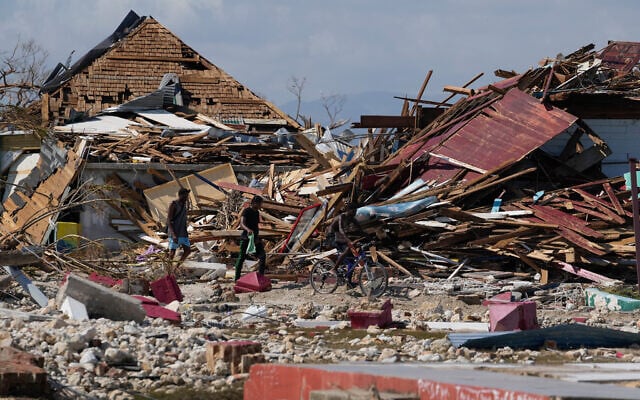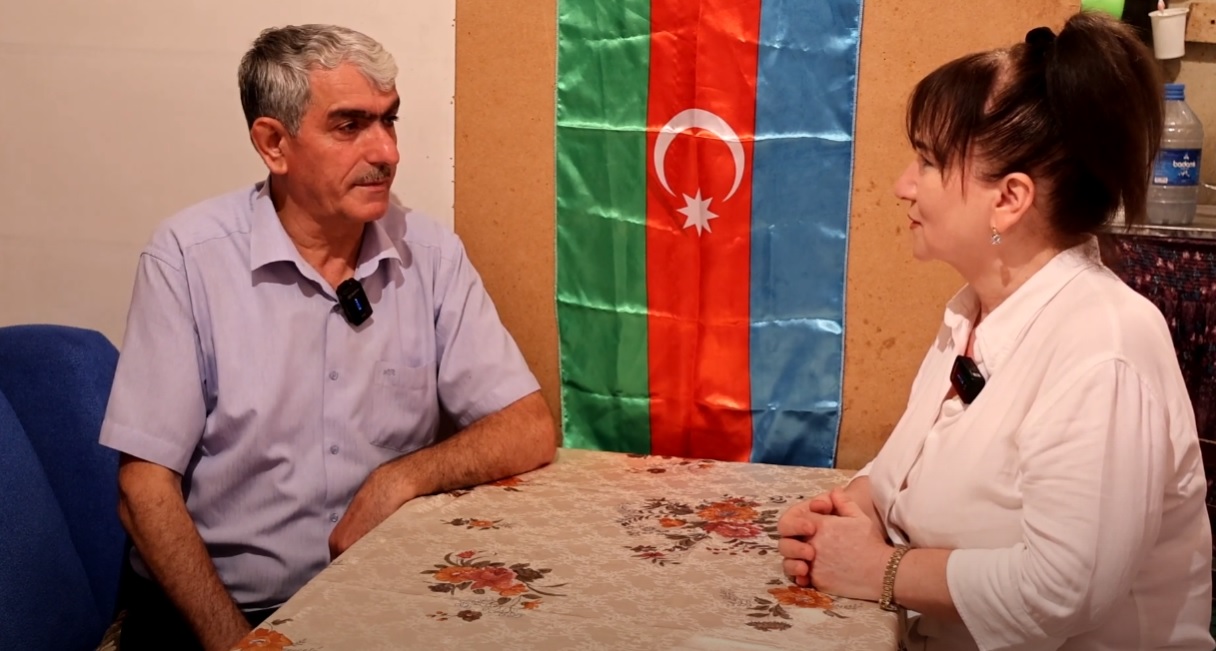Jerusalem Post
ByPESACH BENSON/TPS
The findings may redefine the known boundaries of life on Earth and offer a model for what microbial life might look like on Mars or other arid planets.
Researchers from Ben-Gurion University of the Negev and NASA have discovered microscopic life in Israel’s southern desert that can endure some of the harshest conditions on Earth. The findings, released on Wednesday, may redefine the known boundaries of life on Earth and offer a model for what microbial life might look like on Mars or other arid planets.
The joint study, published in the peer-reviewed Environmental Microbiology Reports, examined microorganisms living within sandstone rocks in the Timna Valley, a hyper-arid region of the southern Arava with less than 100 millimeters of annual rainfall.
Despite the desert’s punishing heat, lack of water, and intense ultraviolet radiation, scientists identified a unique bacterial population from the cyanobacteria group - commonly known as blue-green algae - that survives by entering a state of dormancy.
“In this study, we focused on examining the microbial communities that exist in a thin layer beneath the upper surface of the stone,” said Dr. Irit Nir of Ben-Gurion University’s Department of Biotechnology Engineering, who led the research. “This growth environment provides protection from high temperature and radiation conditions while still allowing sufficient light and water to penetrate for their existence.”
The team, which also included researchers from the Dead Sea and Arava Research Center and NASA’s Ames Research Center, sought to understand how life can persist in places where water is nearly absent and temperatures can swing dramatically. Their findings reveal that just a few millimeters below the rock’s surface, colonies of photosynthetic bacteria live shielded from the harsh environment above, using the porous structure of the sandstone to trap trace amounts of moisture.
“Timna Park is one of the driest places in the Arava Valley and in Israel,” noted Prof. Ariel Kushmaro, head of the research group. “The interaction between the physical properties of the local sandstone and the rare rain events and lack of dew creates selective conditions for the development of photosynthetic bacteria from the cyanobacteria group.”
The study built upon earlier discoveries made in the 1970s by Ben-Gurion University’s Prof. Imri Friedman and NASA’s Dr. Chris McKay, who first identified endolithic-inside-the-rock-microbial communities in extreme deserts. While previous research confirmed that such microorganisms exist, many questions remained about their adaptability and long-term survival mechanisms.
To answer these, the team combined local climate data, sediment analysis, microscopic imaging, and genetic sequencing to paint a fuller picture of how these bacterial communities endure over time. One experiment analyzed sandstone samples that had been stored in dark, dry conditions for more than 25 years. Remarkably, the microbes showed no loss of pigmentation or significant change in community structure, suggesting that they can remain dormant for decades until water becomes available.
Israeli research helps scientists discover what life is capable of
“The microbial population described in the study can survive for extended periods-approximately 25 years-in dark, dry conditions without losing viability,” said Dr. Nir. “When water appears, even briefly, they can reawaken and resume metabolic activity.”
This dormancy-based survival strategy, the researchers said, mirrors what might occur on planets like Mars, where liquid water is rare and surface radiation is intense. The team found that within the pores of the sandstone, bacteria are protected from lethal radiation and survive desiccation through long-term dormancy, reactivating only when minimal moisture appears.
“These findings provide important perspectives for the search for evidence of microbial life outside Earth and constitute a unique model for understanding the potential for life on Mars,” Dr. Nir explained.
The researchers also found that the microbes’ metabolic processes can alter nearby minerals, leaving behind isotopic or textural traces that might serve as biosignatures-clues scientists could look for in Martian rocks.
By studying how microbial life persists in the extreme desert of Timna, scientists hope to better understand not only the limits of life on Earth but also where it might exist elsewhere.
“This kind of research doesn’t just tell us about survival in deserts,” Kushmaro said. “It helps us define what life itself is capable of, and where we might find it next.”


